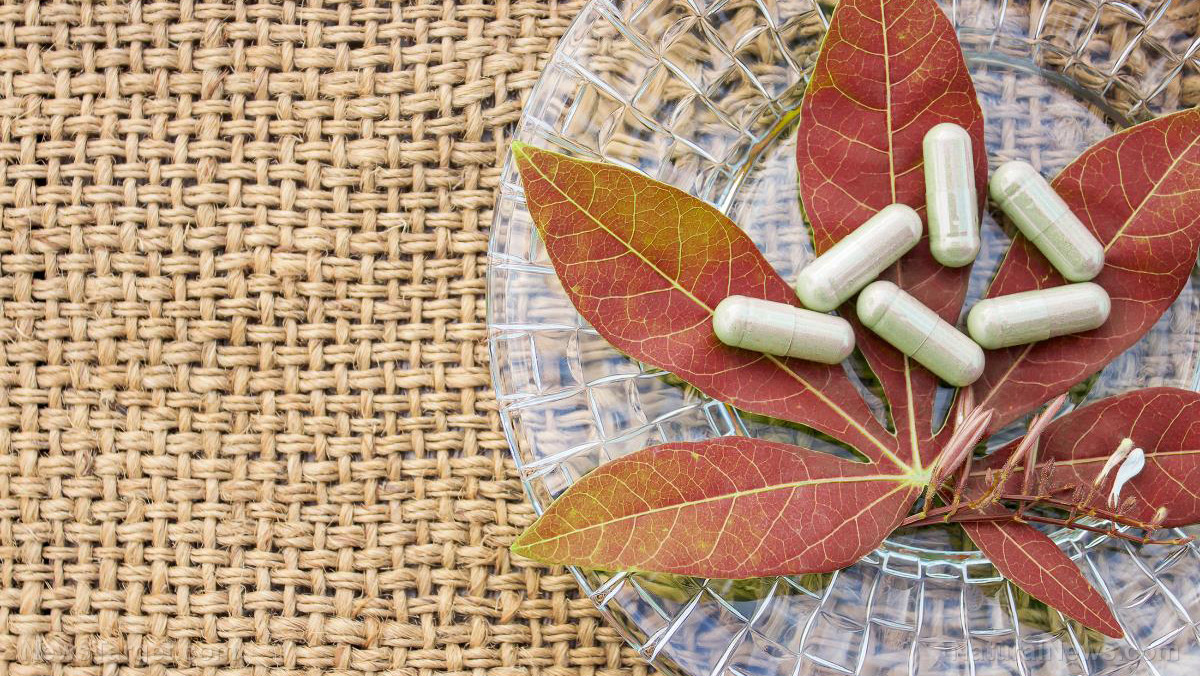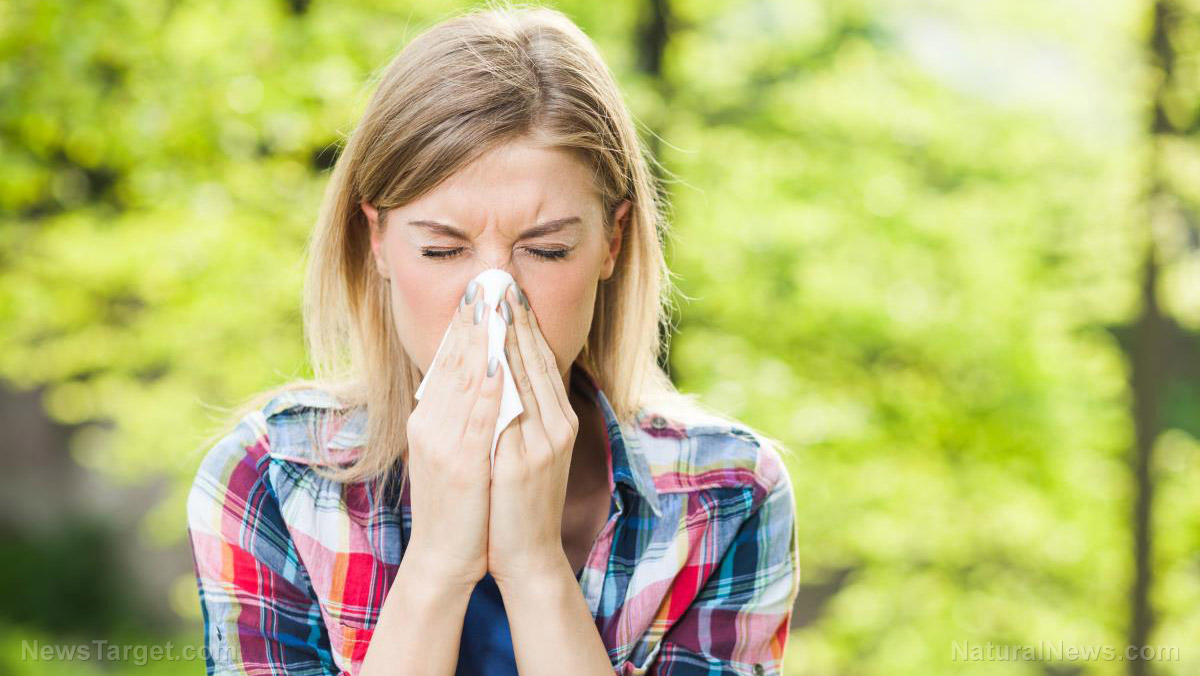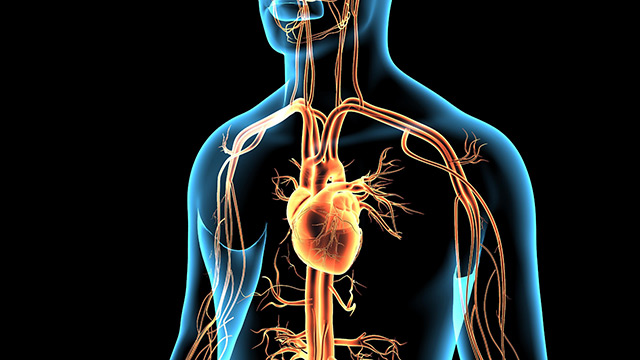
In their study, titled Simultaneous determination and anti-inflammatory effects of traditional herbal medicine, mahwang-tang, a group of researchers from the Korea Institute of Oriental Medicine conducted a simultaneous analysis of the nine bioactive components in a mahwang-tang sample via a high-performance liquid chromatography-diode array detector (HPLC-DAD) analysis.
Since traditional herbal formulations usually have two or more medicinal herbs, these may consist of various components and present numerous biological activities. An example of a traditional herbal formulation is the mahwang-tang, which was first analyzed by Zhang Zhongjing in Shanghan Lun (Treatise on Cold Damage Disorders) during the latter part of the Han dynasty (around A.D. 200)
Mahwang-tang is made up of six herbs. These include Ramulus Cinnamomi, Glycyrrhizae Radix et Rhizoma, Zingiberis Rhizoma Crudus, Ephedrae Herba, Armeniacae Semen, and Allii Radix. For many years, the formulation has been utilized in Korea to alleviate flu-like symptoms such as high fever, arthralgia (joint pain), headache, and cough, among others.
Mahwang-tang has also shown antipyretic (fever-reducing) and anti-asthma properties, aside from it being used to counteract the effects of chronic hepatitis C properties and viral myocarditis. (Related: Anti-Inflammatory Food Diet: Include these Foods Now)
Inflammation is the body's immune system response to protect itself against harmful stimuli -- which could include bacteria, irritants, or even damaged cells.
In the study, researchers set out to determine the anti-inflammatory effects of mahwang-tang by simultaneously analyzing the nine bioactive components found in the formulation: amygdalin, coumarin, cinnamic acid, cinnamaldehyde, ephedrine, liquiritin apioside, liquiritin, glycyrrhizin, and 6-gingerol. In addition, a decoction of mahwang-tang was tested against murine cells that were treated with an inflammation-inducing compound.
Findings showed that the nine bioactive components in mahwang-tang could be considered as "quality assessment markers" for consistent research of the herbal formulation. Additionally, the mahwang-tang decoction exhibited anti-inflammatory by blocking reaction sequences of nitric oxide and prostaglandin E2 -- both of which are noted to sustain an inflammatory response.
The results of this study build on earlier research that looked at the therapeutic effects of mahwang-tang against the early stages of influenza-like illnesses. Researchers from the Kitasato Institute for Life Sciences in Japan had suggested that mahwang-tang (known as maoto in Japan) contained antipyretic and virus-reducing properties that can address early stages of influenza and upper respiratory tract infection.
The Chinese take on common cold and influenza
According to Traditional Chinese Medicine (TCM), the common cold and influenza are mainly due to the exogenous wind (which is among the group of what the Chinese call the six evils that include internal cold, damp, dryness, and fire) and wind-borne pathogens. These terms are often called “invasions” against which the body's qi (life energy or life force) mounts a defensive action.
To alleviate colds, bed rest and increased fluid intake are recommended. Rest allows the body to refresh and repair, while at the same time contain the virus or bacteria. Classical herbal formulas in traditional Chinese medicine for the treatment of common cold and influenza use the leaves, bud parts, and flowers of plants.
Among these herbal decoctions are Yin Qiao San (honeysuckle-forsythia powder), Sang Ju Yin Wan (mulberry leaf/chrysanthemum pill), and Gui Zhi Tang (cinnamon twig decoction).
For more stories on natural herbal remedies, visit Healing.news.
Sources include:
Please contact us for more information.























